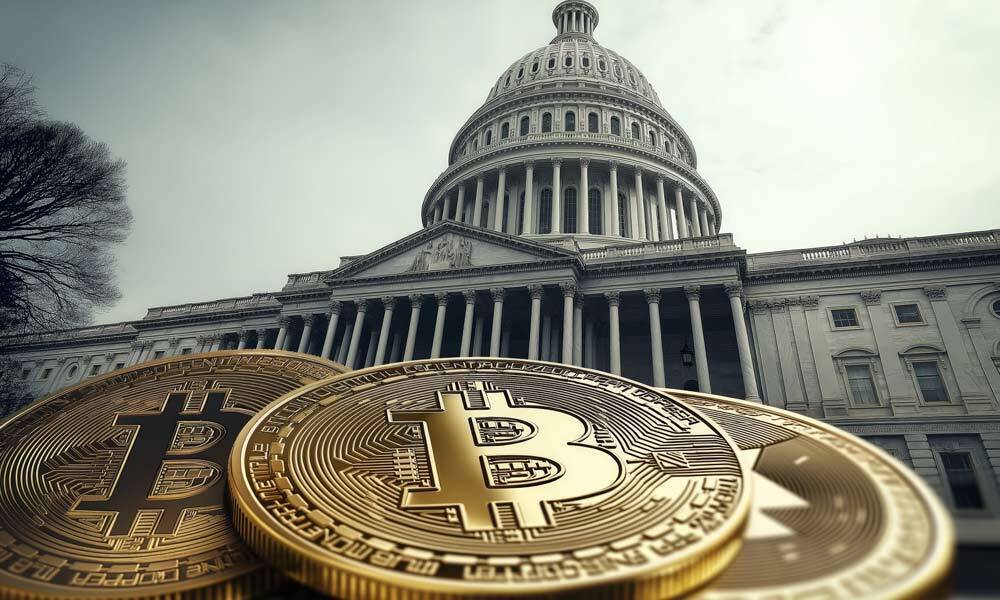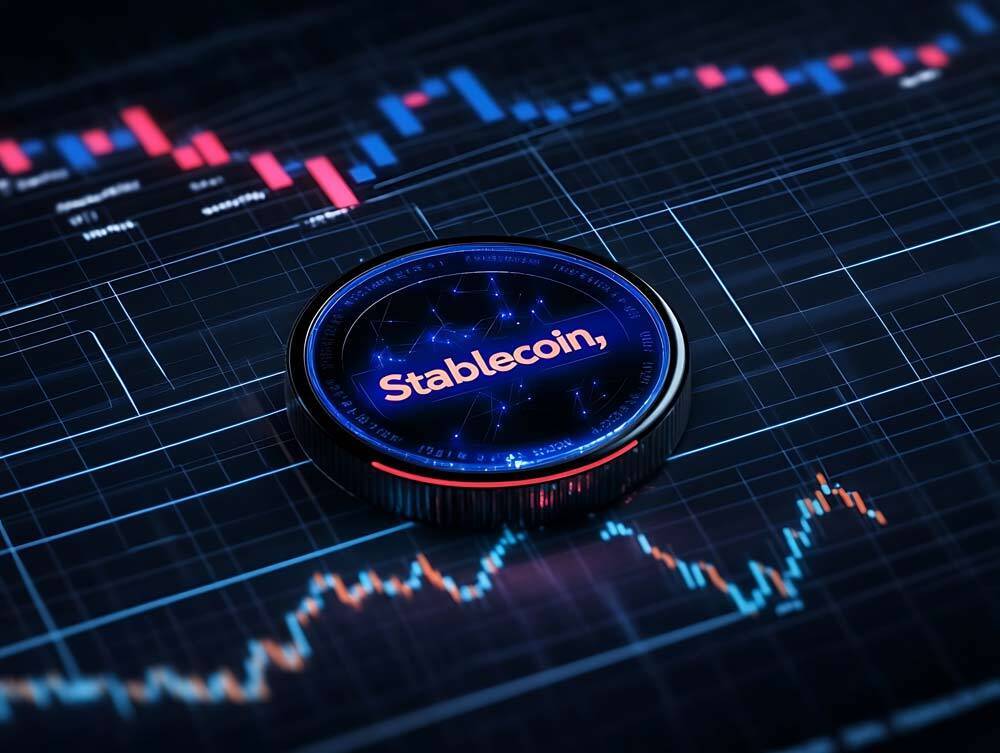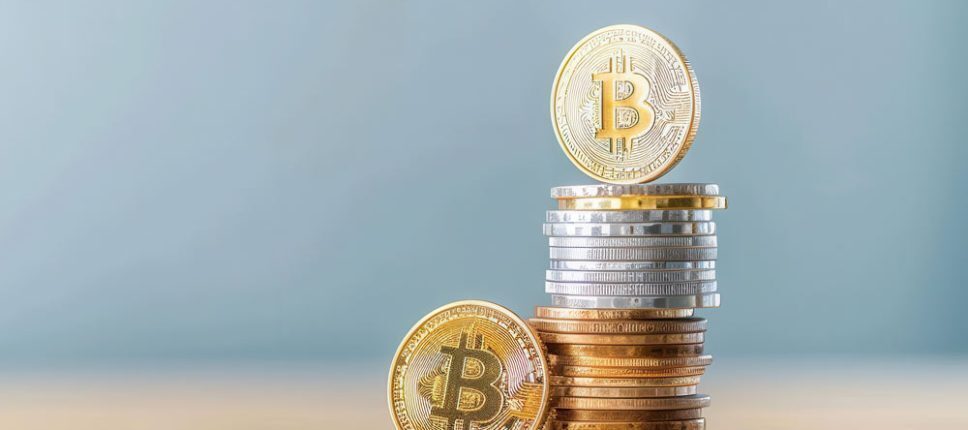- >News
- >Bank of America Hints at Stablecoin Launch
Bank of America Hints at Stablecoin Launch
Bank of America (BOA), one of the U.S.’s financial giants, is on the cusp of a move into the stablecoin market. CEO Brian Moynihan has expressed keen interest in launching a dollar-backed stablecoin, but there’s a catch: it all hinges on Congress passing the right legislation. Moynihan made it clear that if lawmakers give the green light, BOA is ready to dive in. With stablecoins already processing over $33 trillion in transactions annually, surpassing Visa and Mastercard combined, the potential is enormous. The question now is, will Congress pave the way for this financial revolution?
“It’s pretty clear there’s going to be a stablecoin which is going to be a fully dollar-backed type of thing. If they make that legal, we’ll go into that business. So, you’ll have a Bank of America coin and a Bank of America US dollar deposit and we’ll be able to move them back and forth.”
His announcement underscores a broader trend of traditional financial institutions exploring opportunities in cryptocurrency markets.
Understanding Bank of America's Stablecoin Ambitions
Stablecoins are digital currencies pegged directly to traditional assets, usually fiat currencies like the U.S. dollar. Stablecoins offer the advantages of cryptocurrencies, like fast transaction speeds, low fees, and global accessibility while maintaining price stability through their fiat backing.
A Bank of America stablecoin would likely mirror existing successful models, like Circle’s USD Coin (USDC). Circle has established itself as a leader in stablecoins through rigorous transparency standards and regulatory compliance. Similarly, BOA would presumably issue a fully collateralized dollar-backed BOA stablecoin. They would maintain reserves at a 1:1 ratio with U.S. dollars held in secure accounts. Dollar-backed stablecoins ensures stability, trustworthiness, and regulatory compliance. These are all essential factors for widespread acceptance among consumers and regulators.
Moynihan’s comments suggest that BOA views stablecoins as logical extensions of existing banking services, comparable to money market funds or checking accounts accessible via blockchain technology.
Given BOA’s historically conservative stance toward blockchain technology compared to other American banks like JPMorgan Chase or Goldman Sachs, its interest in launching a stablecoin shows how attitudes towards cryptocurrency are becoming more favorable.
Bank of America’s interest in launching its stablecoin aligns with broader industry trends toward digitization and blockchain integration. Financial institutions increasingly view stablecoins as valuable tools for improving payment efficiency, reducing transaction costs, and expanding service offerings.
- Enhanced transaction efficiency: Stablecoins enable near-instantaneous settlements on blockchain networks, negating delays experienced with fiat cross-border payments.
- Lower transaction costs: Blockchain technology lowers fees associated with international wire transfers and currency conversions.
- Continuous availability: Stablecoins operate 24/7, enabling customers to transact at any time.
- Innovative positioning: Financial institutions show a willingness to modernize and position themselves as FinTech innovators when they embrace blockchain technology.
The Legislative Landscape for Stablecoins
Cryptocurrency regulation in the United States is evolving rapidly, owing to the Trump administration’s favorable stance on cryptocurrency. Central to the regulatory discussion is the Guiding and Establishing National Innovation for U.S. Stablecoins (GENIUS) Act. The legislation proposes clear guidelines for stablecoin issuance and use. The act will address concerns around consumer protection, financial stability, and systemic risk.
Key Provisions of the GENIUS Act:
- Licensing requirements: Stablecoin issuers would need to secure licenses and maintain 1:1 reserves in fiat currency.
- Transparency standards: Issuers must provide regular audits and reports on their reserve holdings.
- Consumer protections: Measures include separating customer funds from proprietary assets and prohibiting risky investments using reserves.
- Federal-state oversight: Regulatory authority would be shared between federal agencies and state governments for issuers below certain market caps.
- Algorithmic stablecoin restrictions: Temporary bans on algorithmic stablecoins would remain until further studies are conducted.
These provisions encourage innovation while ensuring that stablecoins operate within a secure and transparent framework. For Bank of America, regulatory clarity from laws like the GENIUS Act is important before launching its stablecoin.
The U.S. government’s approach reflects growing recognition of stablecoins’ potential to improve payment systems and preserve the dollar’s global dominance. It also underscores concerns about risks like financial instability and illicit activity if these assets remain unregulated.
Implications for the Financial Industry

Bitcoin coins in front of the Capitol building, symbolizing finance and governance.
Bank of America’s potential entry into the stablecoin market could have profound implications for both traditional banking institutions and the broader cryptocurrency ecosystem:
1. Mainstream Validation
BOA’s involvement would signal that digital assets are no longer confined to niche markets but are becoming integral to mainstream finance. BOA’s stablecoin will encourage other banks to explore similar ventures.
2. Increased Competition
BOA would compete directly with established players like Circle’s USDC and Tether (USDT). Circle has already positioned USDC as a leading choice for decentralized finance (DeFi) applications and cross-border payments because of its transparency and compliance measures.
3. Improved Liquidity
With BOA’s extensive customer base, millions of new users could gain exposure to stablecoins, boosting liquidity across cryptocurrency markets.
4. Regulatory Comfort
As a highly regulated entity, BOA’s participation could reassure lawmakers about the legitimacy of digital assets, potentially accelerating favorable legislation across the industry.
5. Integration with Existing Services
Stablecoins could integrate easily with other financial products offered by BOA, like credit cards or savings accounts, creating a hybrid ecosystem where traditional banking meets blockchain technology.
The entry of major financial institutions into the stablecoin space underscores the importance of secure storage solutions for digital assets. Companies like Ledger have developed hardware wallets that enable users to store cryptocurrencies offline. Secure storage is an important tool as more consumers adopt digital assets.
What BOA’s Stablecoin Means for Cryptocurrency Adoption
Bank of America’s potential stablecoin launch is a major milestone in bringing together traditional finance and blockchain-based innovations. For cryptocurrency enthusiasts and industry stakeholders, the development carries several implications:
1. Broader Adoption
BOA’s entry into the market will reduce skepticism around cryptocurrencies by showcasing their utility in mainstream applications including payments and remittances.
2. Onboarding New Users
Stablecoins like the BOA Coin will create an accessible entry point into cryptocurrencies for people unfamiliar with blockchain technology.
3. Increased Trust in Digital Assets
With trusted institutions like BOA issuing stablecoins, consumers may feel more confident engaging with digital currencies.
4. Market Expansion
The global stablecoin market has already surpassed $200 billion in valuation and is projected to grow in the coming years. BOA’s involvement will accelerate this growth by introducing new use cases and expanding adoption.
5. Collaboration Opportunities
Collaborating with platforms like Coinbase or integrating services like Ledger wallets into its ecosystem will enable BOA to create a comprehensive framework supporting both fiat currencies and digital assets.
Parting Thoughts
Bank of America’s potential launch of a dollar-backed stablecoin marks a significant shift in traditional finance embracing blockchain technology. Regulatory clarity is crucial for this move, with legislation like the GENIUS Act playing an important role in shaping how financial institutions interact with digital assets.
BOA’s entry could catalyze widespread adoption and create trust among regulators and consumers, blurring the lines between fiat currencies and cryptocurrencies. The crypto revolution is knocking on the doors of Wall Street, and Bank of America might be the one to answer.



